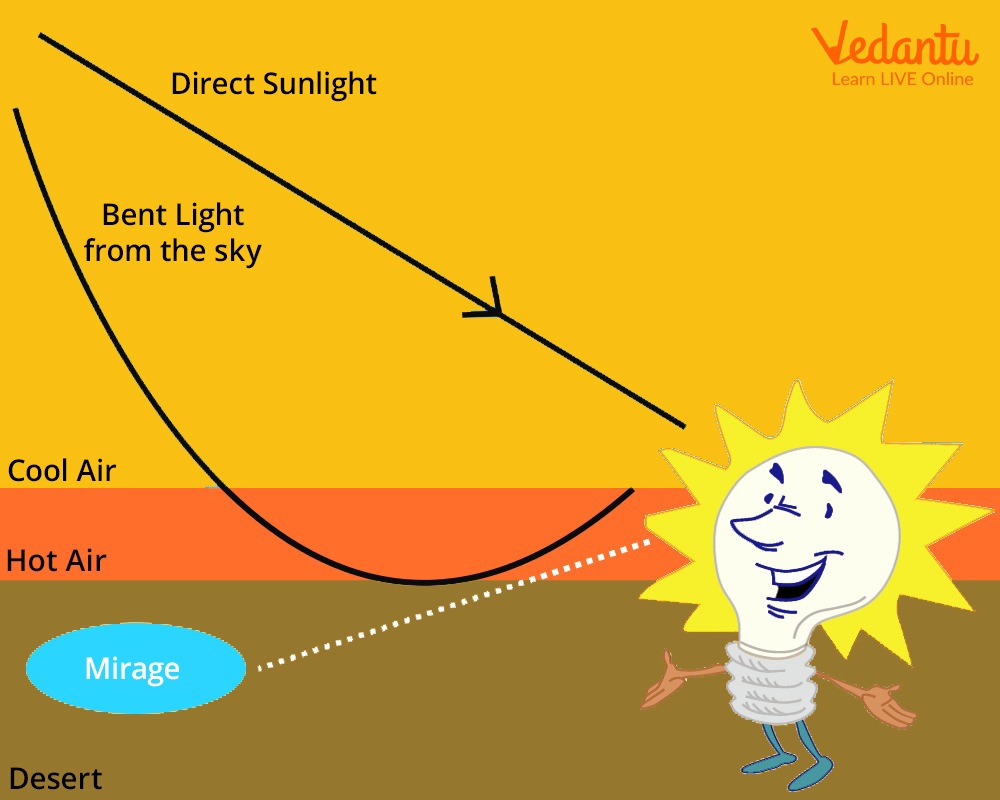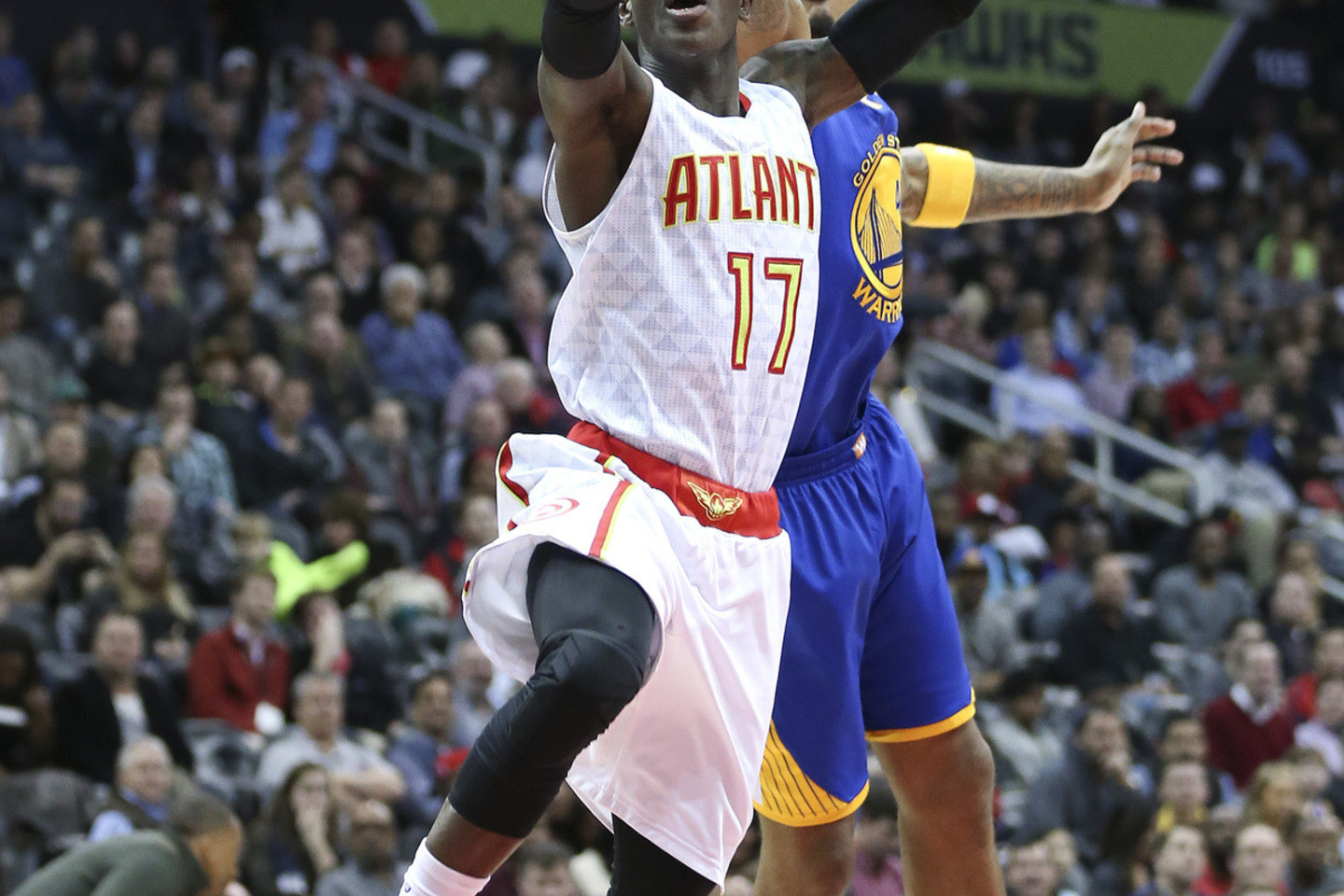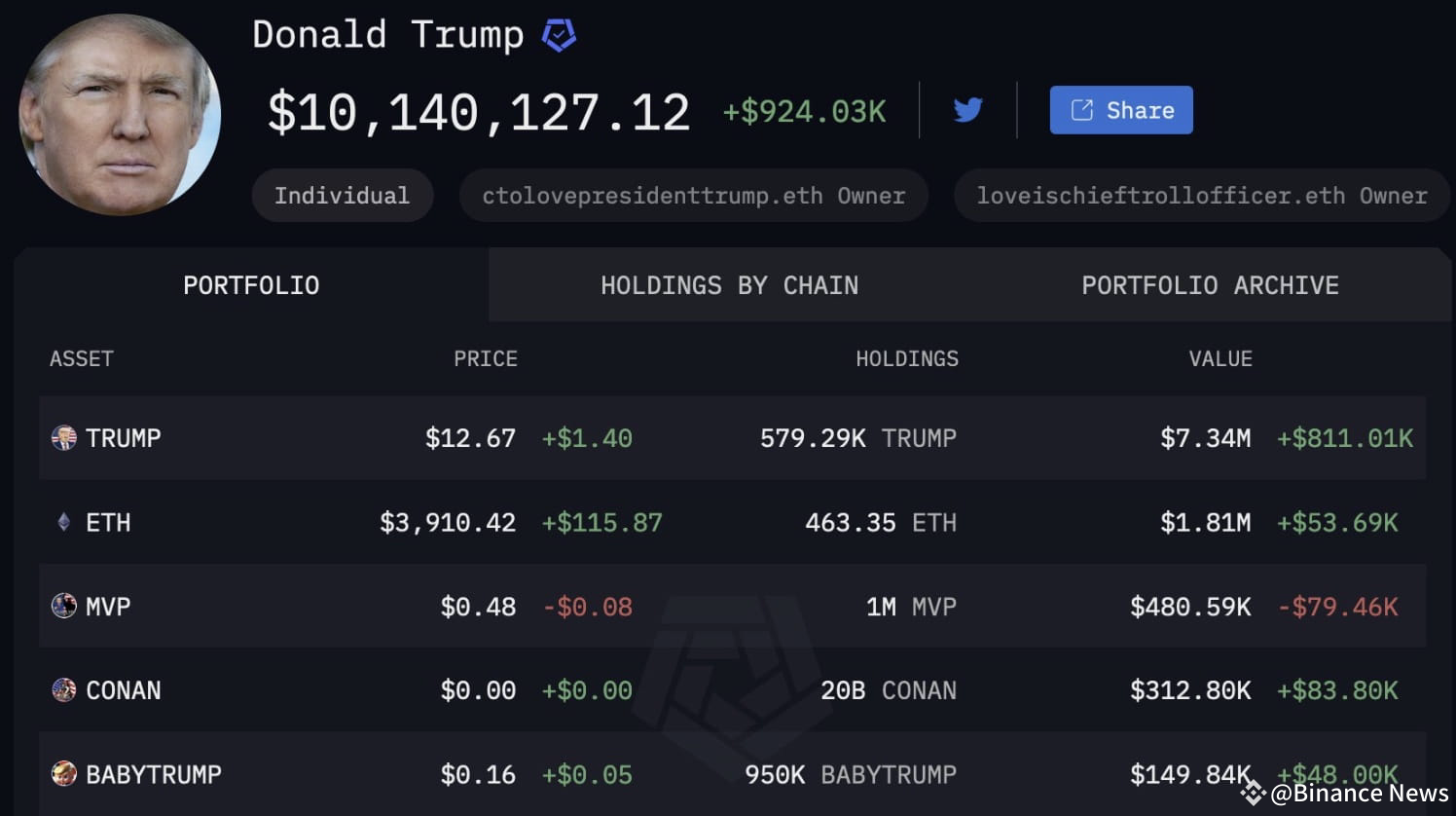The Conclave Explained: The Process Of Choosing A New Pope

Table of Contents
The Pre-Conclave Preparations
The selection of a new Pope is not a spontaneous event; it's a meticulously planned process involving several crucial steps before the cardinals even enter the Sistine Chapel.
The Sede Vacante
The period between the Pope's death or resignation and the start of the Conclave is known as the sede vacante (vacant see). During this time, the College of Cardinals assumes responsibility for governing the Church. Their duties are significant and multifaceted:
- Governing the Church: The College ensures the smooth functioning of the Vatican and the Catholic Church worldwide. This includes overseeing daily operations, addressing urgent matters, and maintaining order.
- Preparing for the Conclave: The cardinals organize the logistical aspects of the Conclave, including summoning the electors, arranging accommodations, and ensuring security.
- Managing Vatican Affairs: They manage the financial and administrative affairs of the Vatican City State, ensuring continuity and stability.
Summoning the Cardinals
Not all cardinals participate in the Papal conclave; only those under the age of 80 are eligible to vote. The process of summoning these Cardinal electors to the Vatican is formal and precise:
- Cardinal Electors: Only cardinals under 80 years of age are considered "cardinal electors" and thus have voting rights in the papal election.
- Age Restrictions: The age limit of 80 is a crucial element, ensuring a balance between experience and vitality in the selection process.
- Number of Participants: The exact number of cardinal electors varies depending on the number of cardinals appointed by the previous Pope. This number directly influences the dynamics and length of the Conclave.
Securing the Vatican
Security during the Conclave is paramount. The Vatican undergoes a significant transformation to ensure secrecy and prevent any external influence on the election:
- Isolation of Participants: Cardinals reside within the Vatican walls, with limited contact with the outside world. This isolation is crucial to prevent undue influence or pressure.
- Communication Restrictions: Communication with the outside world is strictly controlled to maintain secrecy and focus the cardinals' attention on the election process.
- Media Blackout: A significant media blackout is enforced, minimizing external distractions and allowing the cardinals to deliberate without outside pressure. This creates an environment conducive to prayer and reflection.
The Conclave Process Itself
The Conclave is a period of intense prayer, deliberation, and ultimately, the selection of the next Pope. The process is steeped in tradition and ritual.
The Oath of Secrecy
Before the voting begins, each cardinal takes a solemn oath of secrecy. This oath is of vital importance to the integrity of the election:
- Sacred Duty: The oath is considered a sacred duty, emphasizing the gravity of the decision and the need for confidentiality.
- Penalties for Disclosure: The consequences for breaking the oath of secrecy are severe, highlighting the importance of maintaining the integrity of the Papal conclave.
- Maintaining Integrity of the Process: The secrecy surrounding the Conclave protects the cardinals' freedom of conscience and prevents external pressures from influencing the outcome.
The Scrutiny (Voting)
The voting process is meticulously designed to ensure fairness and secrecy. Several rounds of voting may take place:
- Secret Ballots: Each cardinal casts their vote secretly, ensuring anonymity and preventing undue influence.
- Two-thirds Majority Requirement: A two-thirds majority is required to elect a new Pope. This high threshold is intended to ensure a strong consensus amongst the electors.
- Multiple Rounds if Necessary: If no candidate receives the necessary votes, multiple rounds of voting continue until a Pope is chosen.
The "Habemus Papam!"
The announcement of the new Pope is a highly anticipated moment, signaling the conclusion of the Conclave:
- White Smoke Signal: White smoke from the Sistine Chapel chimney signifies the election of a new Pope, a visual signal shared with the world.
- Papal Balcony Appearance: The newly elected Pope appears on the balcony of St. Peter's Basilica to address the crowds gathered below.
- Official Announcement: The Dean of the College of Cardinals formally announces the new Pope, using the traditional phrase "Habemus Papam!" ("We have a Pope!")
Post-Conclave Events
Following the election, several important events mark the beginning of the new Pope's papacy.
The Inauguration Mass
The inauguration mass is a formal ceremony celebrating the beginning of the new Pope's reign:
- Ceremonial Aspects: The mass is filled with rich symbolism and tradition, reflecting the importance of this moment in Catholic history.
- Significance: It marks the formal beginning of the new Pope's papacy and officially installs him as the head of the Catholic Church.
- Attendance: The inauguration mass is a highly anticipated event attended by dignitaries, clergy, and faithful from around the world.
The New Pope's First Actions
The newly elected Pope's initial actions set the tone for his papacy:
- Addressing the College of Cardinals: The Pope often addresses the College of Cardinals, expressing gratitude and outlining his priorities.
- Issuing Statements: He might issue statements to the world, addressing pressing issues and outlining his vision for the future.
- Setting the Agenda: The Pope begins to set the agenda for his papacy, focusing on key areas and priorities for his pontificate.
Conclusion
The Conclave, a complex and fascinating process, showcases the Catholic Church's unique method of selecting its leader. Understanding the steps involved, from the pre-Conclave preparations to the post-Conclave events, provides valuable insight into this centuries-old tradition. By carefully examining each stage—from the summoning of Cardinals to the electrifying moment of "Habemus Papam!"—we gain a deeper appreciation for the weight and significance of choosing a new Pope. To further enhance your understanding of this pivotal event in Catholic history, explore additional resources on the Papal Conclave and the intricacies of choosing the next leader of the Catholic Church. Learn more about the fascinating history and process of the Conclave.

Featured Posts
-
 Exploring The Phenomenon Of The Glossy Mirage
May 07, 2025
Exploring The Phenomenon Of The Glossy Mirage
May 07, 2025 -
 Istorinis Pasiekimas Nba Lyderiai Pakartoja Klubo Rekorda
May 07, 2025
Istorinis Pasiekimas Nba Lyderiai Pakartoja Klubo Rekorda
May 07, 2025 -
 Trumps Crypto Journey A Political And Financial Analysis
May 07, 2025
Trumps Crypto Journey A Political And Financial Analysis
May 07, 2025 -
 Improved Playoff Performance Julius Randles Impact On The Minnesota Timberwolves
May 07, 2025
Improved Playoff Performance Julius Randles Impact On The Minnesota Timberwolves
May 07, 2025 -
 Isabela Merced 8 Filmes Para Conhecer A Atriz De The Last Of Us
May 07, 2025
Isabela Merced 8 Filmes Para Conhecer A Atriz De The Last Of Us
May 07, 2025
